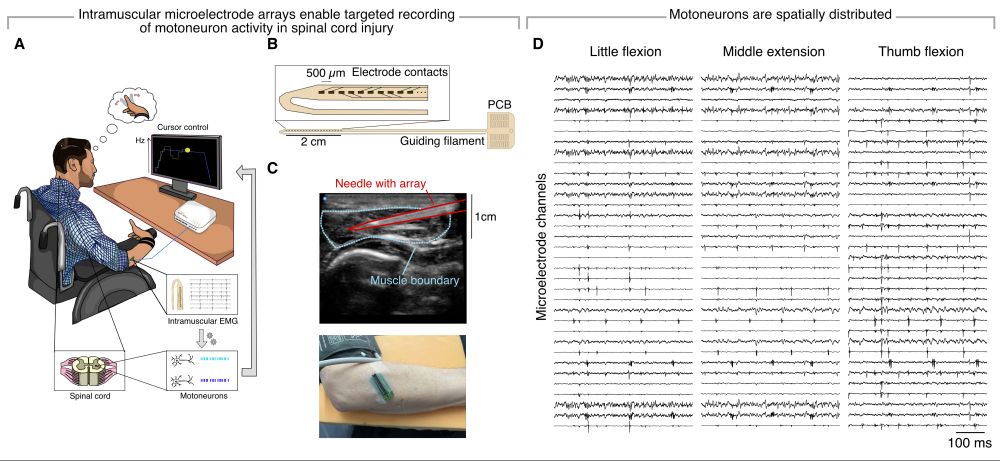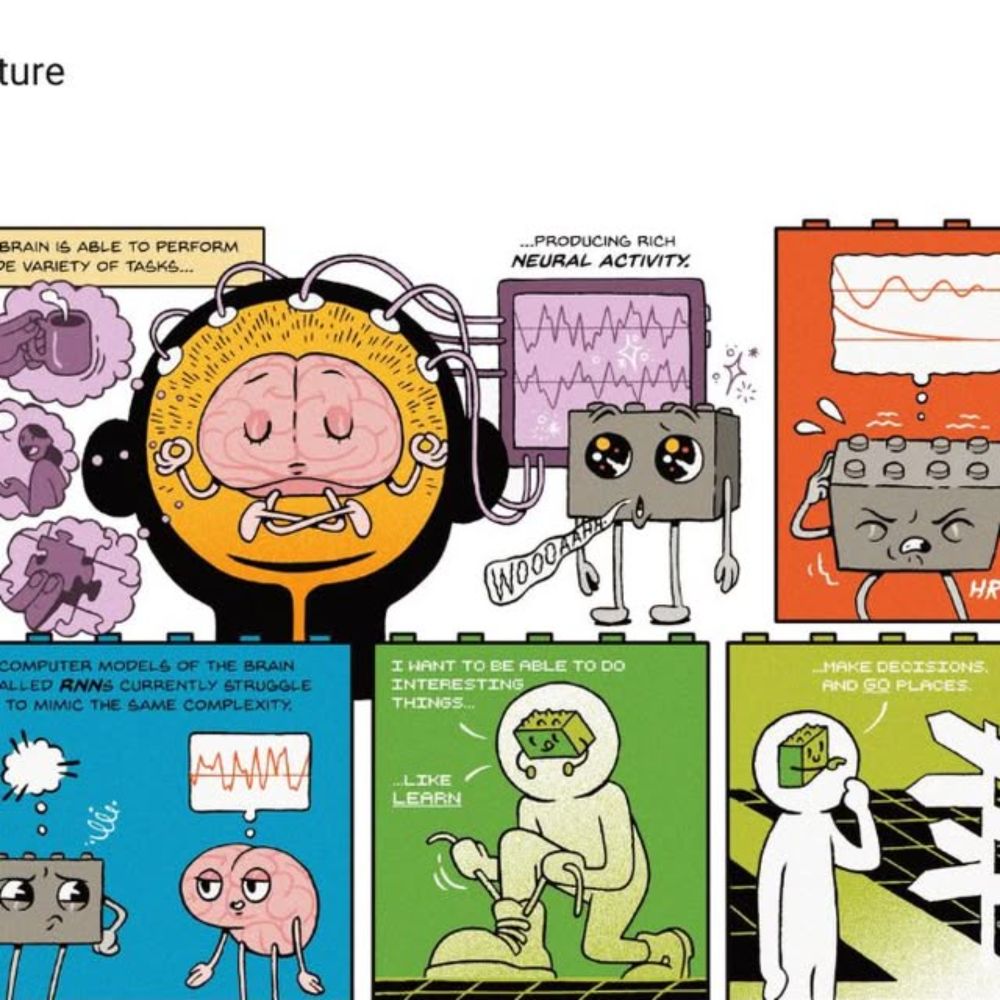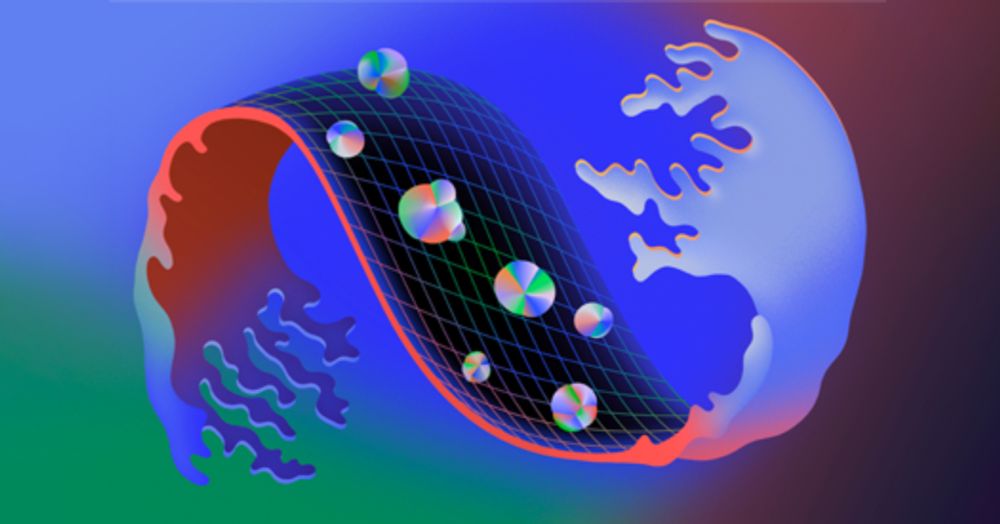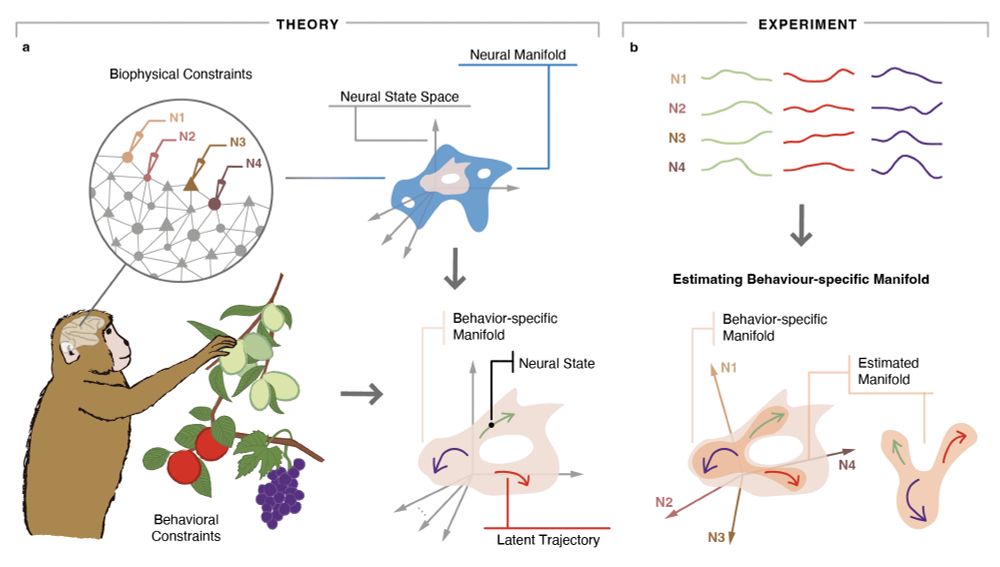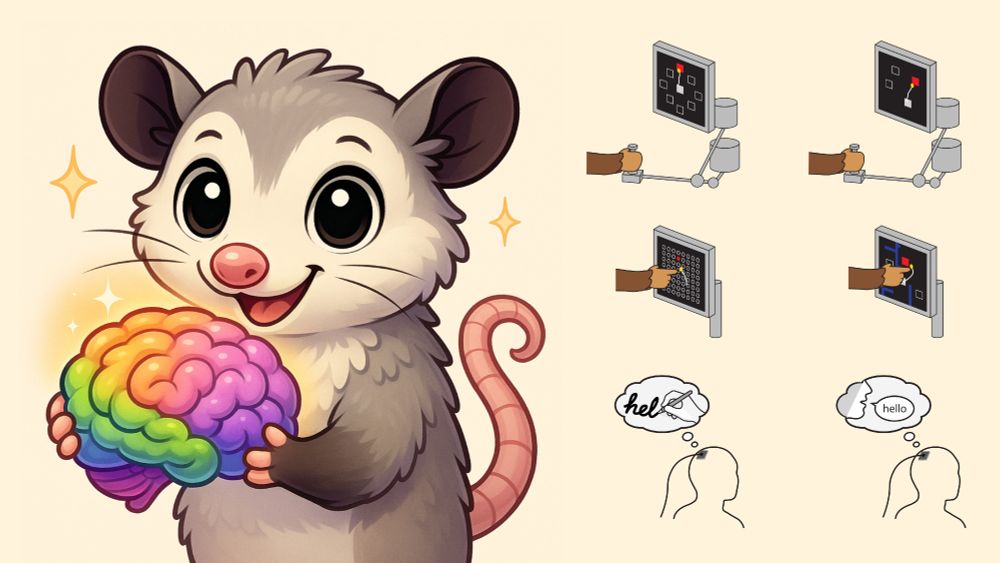Matt Perich
@mattperich.bsky.social
1.6K followers
170 following
61 posts
Neuroscience, engineering, AI, music. Asst. Professor / PI at University of Montréal and Mila.
Posts
Media
Videos
Starter Packs
Pinned
Matt Perich
@mattperich.bsky.social
· Oct 7
Reposted by Matt Perich
Matt Perich
@mattperich.bsky.social
· Aug 13
Matt Perich
@mattperich.bsky.social
· Aug 13
Matt Perich
@mattperich.bsky.social
· Aug 13
Matt Perich
@mattperich.bsky.social
· Aug 13
Matt Perich
@mattperich.bsky.social
· Aug 13
Matt Perich
@mattperich.bsky.social
· Aug 4
Matt Perich
@mattperich.bsky.social
· Aug 4
Matt Perich
@mattperich.bsky.social
· Aug 4
Matt Perich
@mattperich.bsky.social
· Aug 4
Matt Perich
@mattperich.bsky.social
· Aug 4
Matt Perich
@mattperich.bsky.social
· Aug 4
Matt Perich
@mattperich.bsky.social
· Aug 4
Reposted by Matt Perich
Reposted by Matt Perich
Mark Histed
@markhisted.org
· Jul 30
Matt Perich
@mattperich.bsky.social
· Jul 29
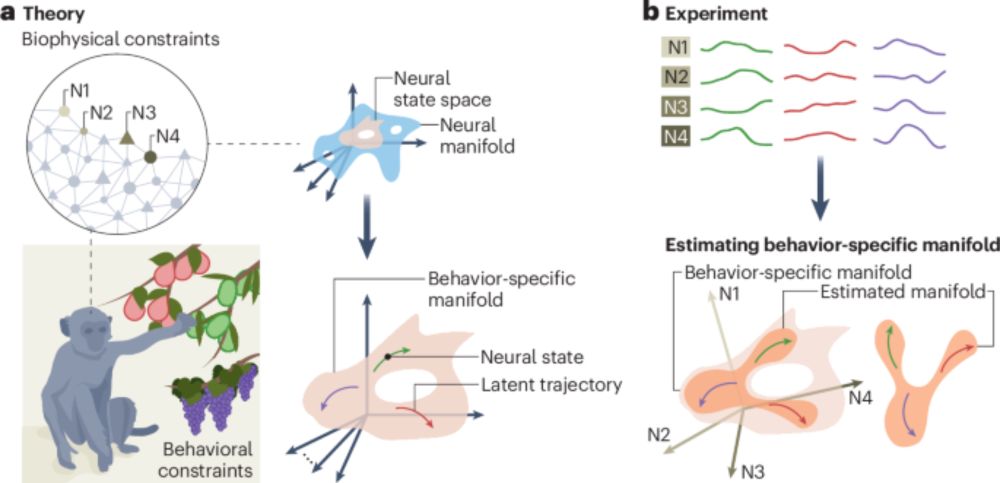
A neural manifold view of the brain - Nature Neuroscience
Recent advances in neuroscience have revealed how neural population activity underlying behavior can be well described by topological objects called neural manifolds. Understanding how nature, nurture...
www.nature.com
Matt Perich
@mattperich.bsky.social
· Jul 29
Matt Perich
@mattperich.bsky.social
· Jul 29

A neural manifold view of the brain - Nature Neuroscience
Recent advances in neuroscience have revealed how neural population activity underlying behavior can be well described by topological objects called neural manifolds. Understanding how nature, nurture...
www.nature.com
Matt Perich
@mattperich.bsky.social
· Jul 1

